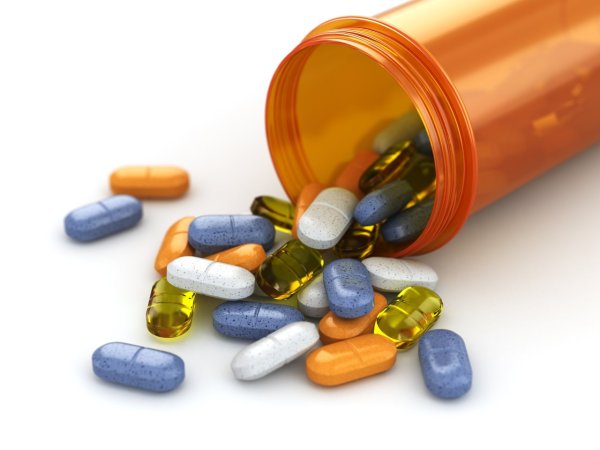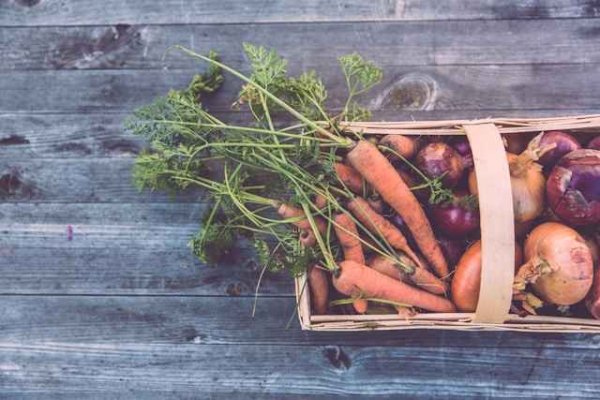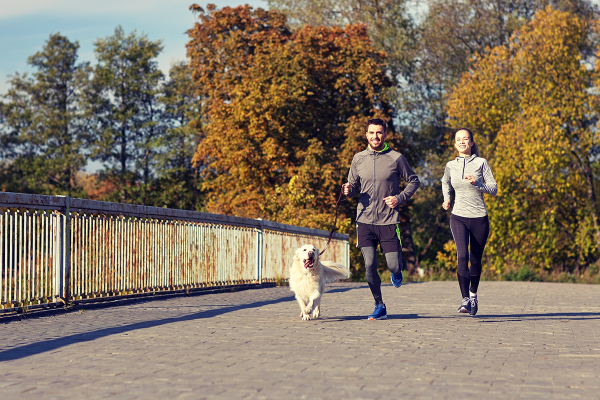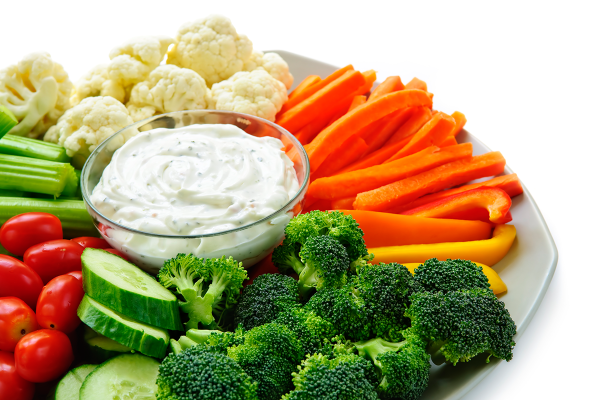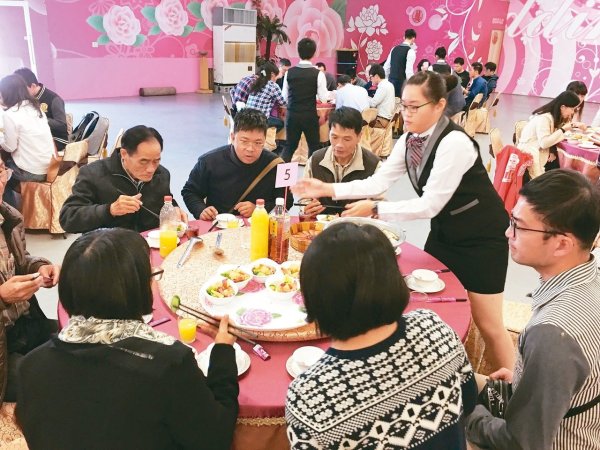Rich in leaf acid, leaf yellow, and drill! Experts explain the nutritional effects and cooking methods of feathered kale and kale
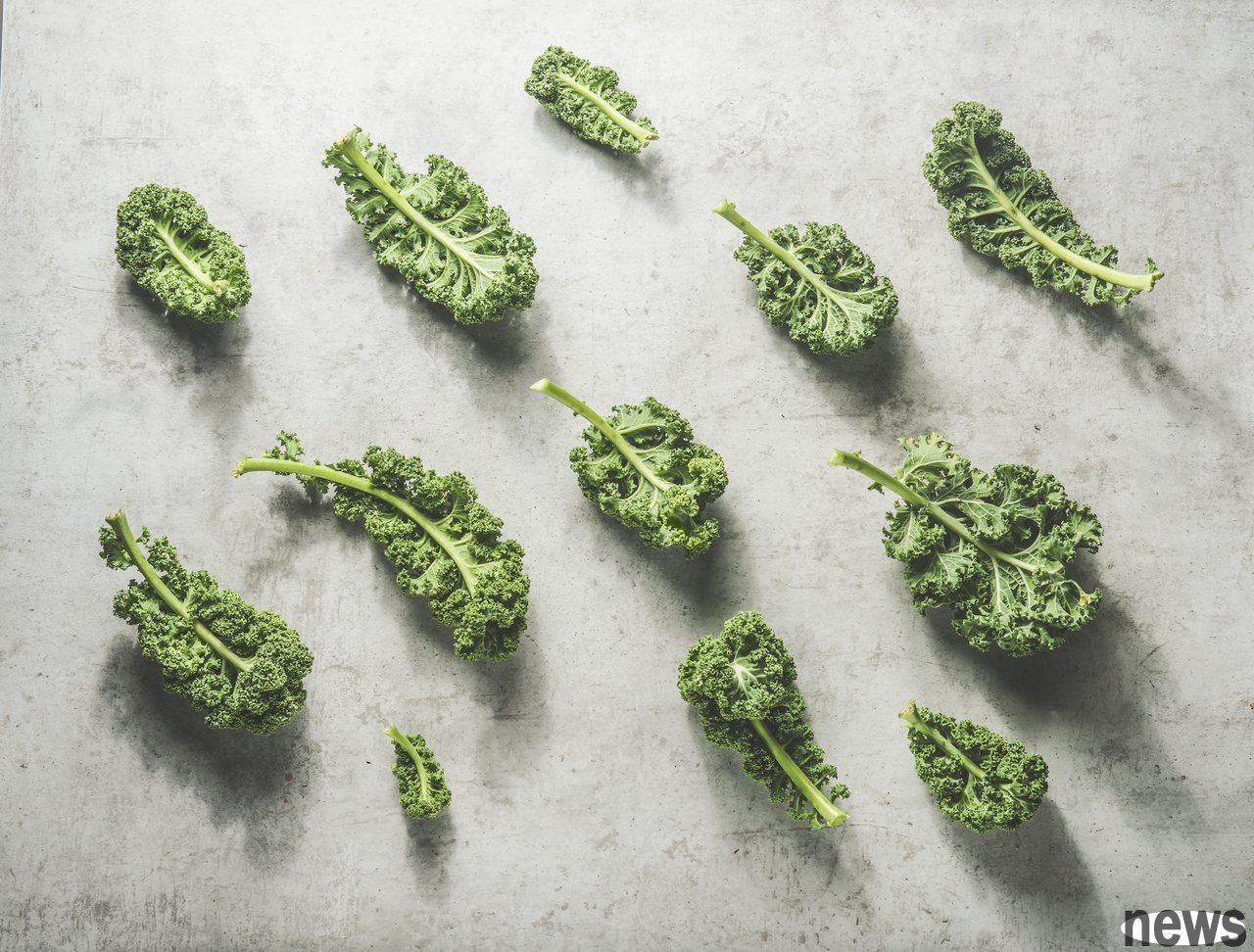
Kale is a super food that has been very popular abroad for many years. It is highly praised by all kinds of health care workers. Japan is mostly popular with green juice, and Kale is also one of the main ingredients. Even the leader of the Harrier Nursery Genie Patelo shared kale and blue-grilled crisps on his own website. If you want to try making kale and blue-grilled crisps by yourself, you can also refer to Veen's method.
However, Taiwan was not long ago, and its price was very extraordinary. If you want to eat, you still have to rely on imports. However, recently, due to the overcoming of planting technology, it has been gradually popularized and can be bought in big markets. The reason why kale is beautifully called the king of vegetables is because its heat is very low, but various nutrients such as vitamin A, vitamin C, vitamin K, leaf yellow, calcium, leaf acid, and vitiligo are all super rich, and are simply a natural, dense and comprehensive vitamin. The following is an analysis for you why kale and blue can bravely win the first place in all foods in the food nutrition density evaluation.
The life experience of kaleThe kale kale kale and kale kale kale kale kale kale kale kale kale kale kale kale kale kale kale kale kale kale kale kale kale kale kale kale kale kale kale kale kale kale kale kale kale kale kale kale kale kale kale kale kale kale kale kale kale kale kale kale kale kale kale kale kale kale kale kale kale kale kale kale kale kale kale kale kale kale kale kale kale kale kale kale kale kale kale kale kale kale kale kale kale kale kale kale kale kale kale kale kale kale kale kale kale kale kale kale kale kale kale kale kale kale kale kale kale kale kale kale kale kale kale kale kale kale kale kale kale kale kale kale kale kale kale kale kale kale kale kale kale kale kale kale kale kale kale kale kale kale kale kale kale kale kale kale kale kale kale kale kale kale kale kale kale kale kale kale kale The kale blue has a special bitter taste. Because it is rich in quality and makes the texture a little rough, the taste and flavor are not very pleasant, so it has been ignored by people for many years. It was not until in recent years that it has been studied its high nutritional value that it has returned to the public's dining table.
There are many varieties of kale blue, but the common feature is that the leaf piece will not be balled, and there are steel or squids on the edges of the leaf piece. This is why it is named kale blue or kale blue, and it is dark green, so it is a kind of dark green vegetables.
The original origin of kale blue is in the Mediterranean Sea. It likes a cold and cool environment near 20 degrees Celsius. It is not easy for Taiwan to plant it. Therefore, kale blue was not popular in Taiwan before, and the price was not for the people. Until in recent years, many agricultural investments have high-cost environmental control rooms. , providing a more suitable environment for growing kale and blue, which has made kale and blue popular in major markets, allowing more people to enjoy it. For example, in the picture, Sanxin Garden Art, which Fuen had visited before, was specially exquisitely packaged with lettuce bouquets and other special exquisite packaging for Jason’s Marketplace and other high-end supermarkets.
High nutrition density of kaleThe well-known nutrition physician Dr. Fuhrman once calculated the Aggregate Nutrition Density Index (ANDI) of all ingredients. The calculation principle is H= N/C (Health = Nutrients/Calories), which means dividing the nutrition of food by the heat. By comparison, the nutrition density of kale kale kale kale kale kale kale kale kale kale kale kale kale kale kale kale kale kale kale kale kale kale kale kale kale kale kale kale kale kale kale kale kale kale kale kale kale kale kale kale kale kale kale kale kale kale kale kale kale kale kale kale kale kale kale kale kale kale kale kale kale kale kale kale kale kale kale kale kale kale kale kale kale kale kale kale kale kale kale kale kale kale kale kale kale kale kale kale kale kale kale kale kale kale kale kale kale kale kale kale kale kale kale kale kale kale kale kale kale kale kale kale kale kale kale kale kale kale kale kale kale kale kale kale kale kale kale kale kale kale kale kale kale kale kale kale kale kale kale Nutrition Density Index Dr. Forman's nutrition density evaluation:
You can see how rich the kale blue nutrient is. After in-depth analysis, you can understand that the special nutrients that kale blue have are mainly as follows:
Leaf acidOur bodies constantly produce new red blood cells every day. Leaf acid is a member of the B vitamin group and is an essential enzyme for the production of red blood cells, so it is an indispensable nutrient for hematopoiesis.
Kans contain rich leaves, which is more than 1.5 times that of high-alkali vegetables. Each 100 grams of fresh kale contains 120 micrograms of leaf acid. Men and women over the age of 18 have a daily demand for leaf acid of 400 micrograms, so just by eating 100 grams of kale can provide more than 1/4 of the daily demand. According to the "National Dietary Nutrition Reference Intake" it is recommended that pregnant women take 600 micrograms of leaf acid every day from one month before pregnancy to the pregnancy period, and breastfeeding women take 500 micrograms of leaf acid every day to serve the mother, fetus and the baby who is breastfeeding. Therefore, women who are prone to blood or start their pregnancy are more worth eating more kale.
向According to nutrition surveys, Taiwanese people generally lack calcium, especially many Taiwanese people do not drink milk because they are not able to with lactose or eat vegetarian food. The calcification is closely related to the health of bones and teeth, so it is even more important to maintain the movement of older people. Moreover, calcification is not only helpful in preventing bone loosening, but in recent years, it has paid more attention to the effects of calcification on all aspects of calcification in ease of pressure, balance in the body, and helping muscle relaxation.
The calcin content of kale per 100 grams is about 220 mg, which can be said to be the highest among common vegetables, almost three times higher than spinach (70 mg/100 grams). Compared to milk, a cup of milk (200 ml) contains 220 mg of calcin while 100 grams of kale contains 220 mg. So simply put, the content of kale is twice that of milk. For middle-aged and elderly people over 50 years old, the daily intake of calcium is 1,000 mg, so 100 grams of calcium can be used to replenish more than 1/5 of the daily required calcium.
vitamin Kvitamin K is also important for maintaining healthy bones because it can promote calcinia accumulation into the bones.
100 grams of kale contains up to 210 micrograms of vitamin K. It is recommended that the intake of men and women over 19 years old is 120 micrograms per day, so just eat 100 grams of kale to fully meet the daily needs of vitamin K.
Dietary fiberPotato blue is also rich in dietary fibers, and every 100 grams of Potato blue contains up to 3.7 grams of dietary fibers. It is much higher than the 1.8g/100g of Gaoli, and it is even more famous for its high-quality sweet potatoes (3.5g/100g), and its heat and sugar content are much lower than sweet potatoes.
The fibers in kale are mostly water-insoluble "water-insoluble dietary fibers" that are insoluble in water. This water-insoluble dietary fiber can increase the body size of the stool and stimulate the kidney tract, help improve peristalsis in the kidney and help defecate.
YellowLiaoning blue is a deep green vegetable, rich in vegetarian, especially the vegetarian. Now we are familiar with the effects of leaf yellow to protect the eyes, which can block the oxidative damage of harmful light to the yellow spots of the web. Its antioxidant properties also help prevent cataracts, so it can be said to be a very beneficial nutrient for maintaining eye health.
Comprehensive vitamins A, C, Ekale contains a variety of antioxidant vitamins, including vitamin A, vitamin C, vitamin E, etc. These various antioxidants have additive effects and have multiple effects on fighting free radicals, prolonging aging, helping skin whitening, reducing fine lines, etc.
DrillKans contain a pot, which helps maintain and adjust the permeability of cells in the body. You can expect to discharge excess calcification and moisture in the body, so it also has the effect of eliminating hydration and kidneys, maintaining electrolysis and maintaining normal neurologic effects.
GABAGABA originally existed in nature. Many plants naturally contain trace amounts of GABA, but the concentration is mostly not high, so people cannot get enough GABA. There is a Masada Practice Co., Ltd. in Shizuoka Prefecture, Japan. In 2018, it developed a new product through special breeding and successfully launched organic kale with high content of GABA. It was dried in a special process, retaining the highest GABA, and producing 100% kale blue juice. This high GABA green juice was reviewed and obtained Japanese health food certification. Therefore, this GABA green juice [functional expression food] can promote the health care effects of lowering blood pressure, but not all kale can have such high GABA.
PoundPound is a huge amount of minerals that are very important for bone development, and it helps the normal operation of various new Chen Daxi in the human body. For example, it can activate enzymes that produce energy. On the other hand, it can maintain normal neuronal function, help muscle relaxation, lower blood pressure, and help the health of the cardiovascular system. Kale is a very rich vegetable with ol. Kale is found in the core of leaf green, and every 100 grams of Kale contains 88 mg of Kale.
Recommended way to eat kale kaleThe simplest way to eat kale kale is to make salads, or make green juice, green and drink with iron. Other ways to eat fried, Sichuan soup, etc. are also very good. However, there is a special roasted kale blue crispy sliced food recipe that is the most special, and even children can accept it. Snacks can replace some junk food, which is nutritious and healthy, and simple and safe. Let the children make it together, which is also a good food and agricultural education.
How to make roasted kale blue crisps easily1. Preheat the oven to 100 degrees (do not too high to avoid burning nutrients).2. Take olive oil and pour it evenly on the kale.
3. Put the kale blue in the oven and bake slowly for 1 hour until slightly crispy.
4. Tear into small pieces of your preference and taste it with pepper and sea salt.
Original source: Wei'en's food and farming lifeEditor: Gu Zihuan




